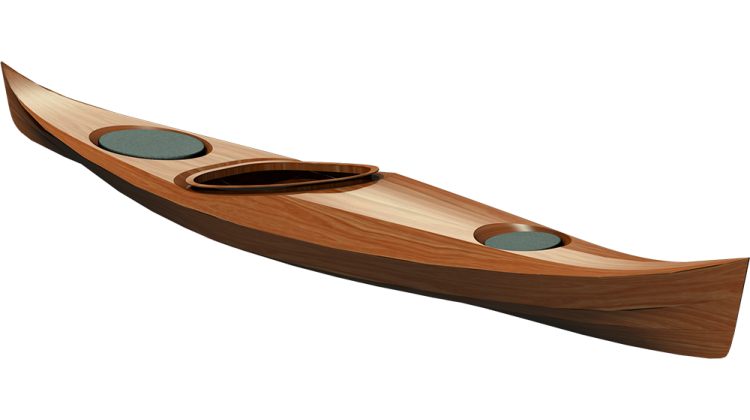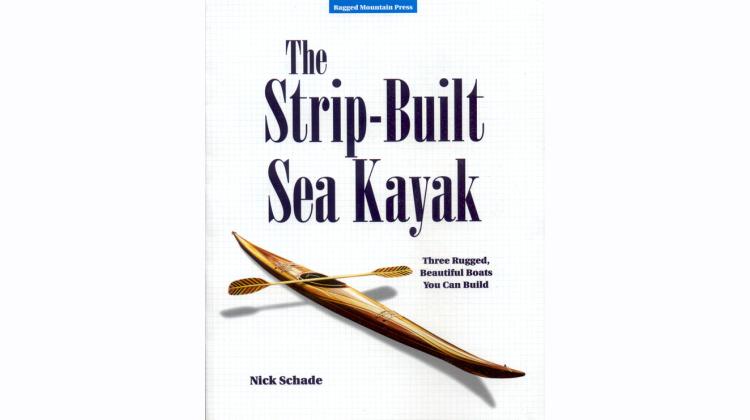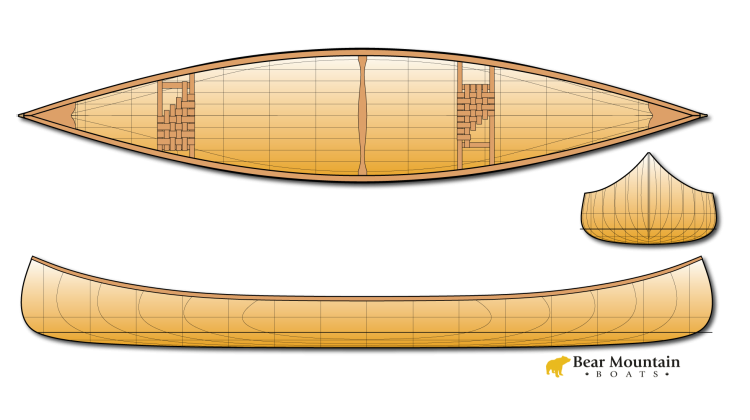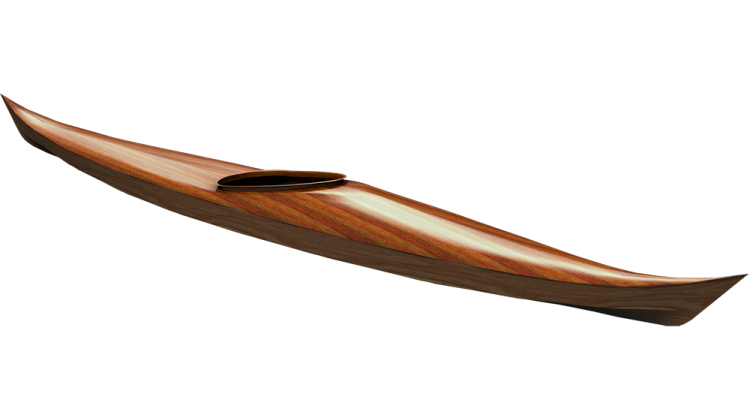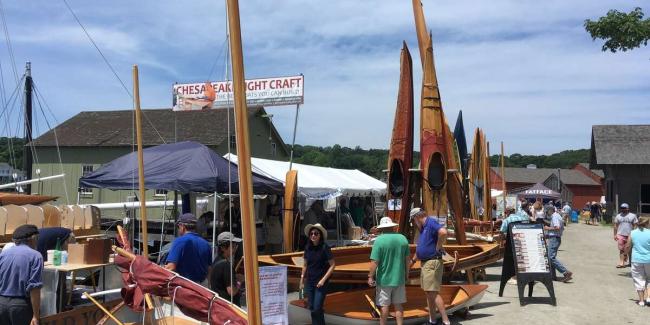I spent the weekend up in Manchester, CT teaching the S&G Night Heron class at the Connecticut Valley School of Woodworking. The class will continue next weekend. It is actually a mixed bag class, I have two students building the Night Heron, two from last year's class doing some finish work, and one person working on a CLC Chesapeake 16 LT, finally I am also building a Night Heron during the class.
It is always a learning experience for me to teach these classes, but it also is fun to experience the response of others to the process of building a boat. Phyllis is not the vision you would think of when asked to picture a kayak builder. She is more the type you would imagine waking early to bake a nice batch of muffins, which is indeed what she did, but she decided she is also building a kayak. She had seen wooden kayaks around and decided that she wanted one. She bought the Chesapeake 16 LT kit a few years back, but got intimidated by the scope of the project. When she saw a sign for the class she asked if she could bring in her kit to get some supervision as she builds. She seems to be having a grand time. She is finding that there are aspects of the project that are less fun, but the struggle seems to be worth it for her.
I like making kayaks, but after 20 years of doing it, the satisfaction of the process has a different character from when I built my first. I can get a little blase about the whole thing. It is fun to get in touch with the experience of first-time builders again.
It is interesting to compare the building process of a Chesapeake and the S&G Night Heron. I don't have any real experience with building a CLC design so I need to keep reading the instructions to see how things should go together. The CLC design uses scarf joints and sheer clamps, my design uses puzzle joints and interior seem tape. I stitch together the deck, the CLC kit bends a deck over frames and nails it down along the sheer. The Chesapeake goes together a little quicker, but the bending and nailing is more physically demanding than my design. My design depends on the precision of the CNC cutting of the panels to go together easily, where the Chesapeake can handle builder inaccuracies more easily.
I now have a lot of experience with the idiosyncrasies of how my boats go together. For Phyllis's benefit I wish I had more experience under my belt with the Chesapeake, but because of the basic simplicity of its construction method, I think we will get through it and she will go home with a beautiful boat.



